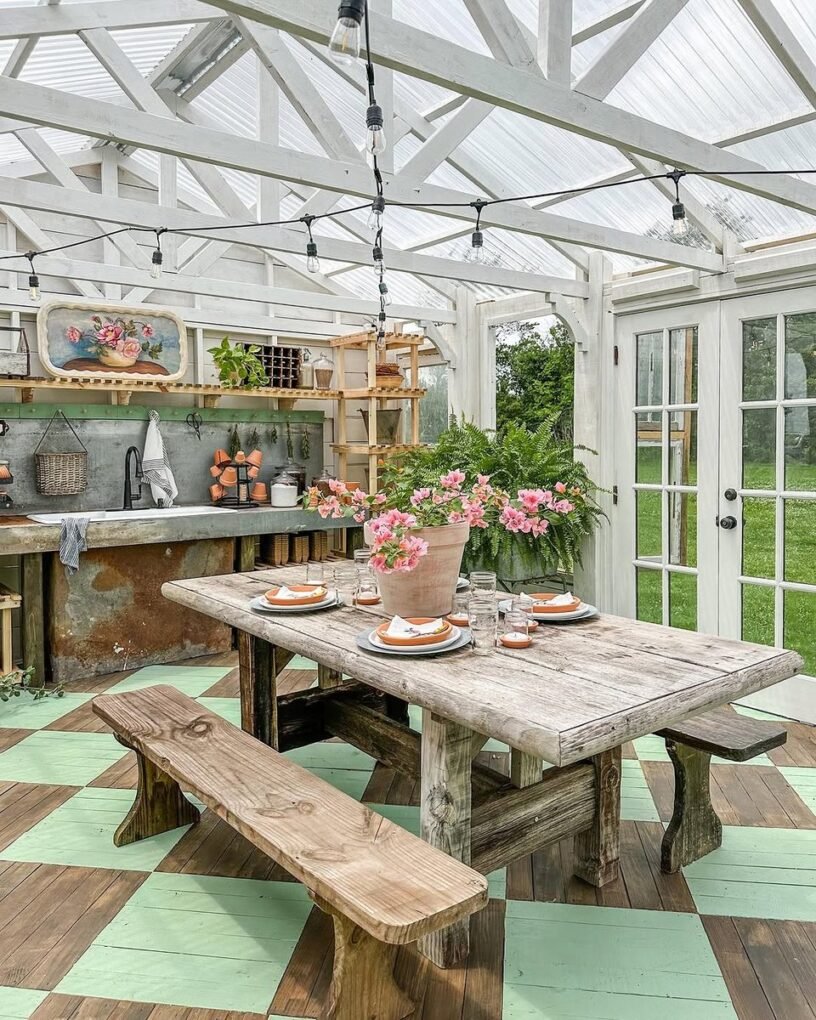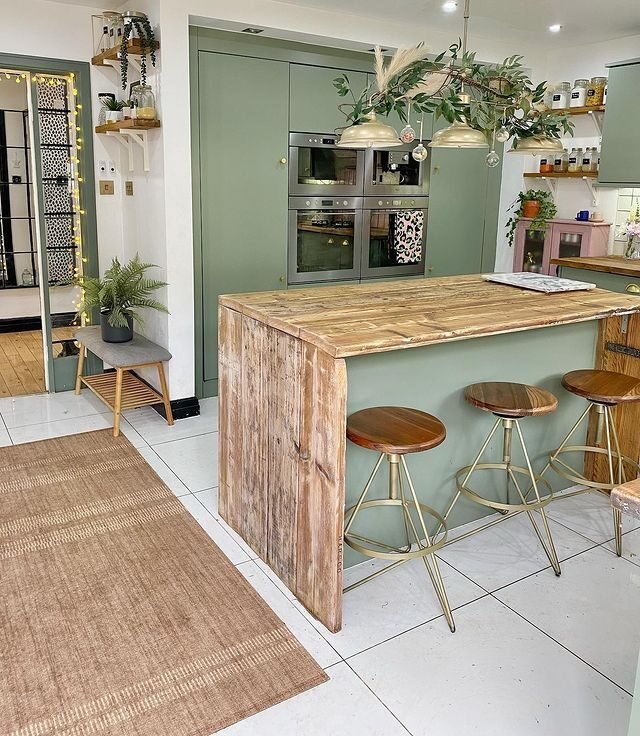Homeowners invariably fantasize about how they can improve their current living spaces. Some renovations are simple and straightforward, while others can be complex and time-consuming. Even if you don’t require considerable repairs, a slight home renovation can be beneficial.
Because regardless of how long you have lived in your home, there is always room for improvement. Whether you choose a small or one-room project or a complete makeover, home renovation benefits the structure and lifestyle. However, you need to develop a detailed timeline and enough budget to ensure the remodeling process runs smoothly.

Renovating your home can be beneficial in the following ways:
- Home improvement makes you more at ease entertaining guests.
- Any money that you put into the renovation project is an investment. It is more likely to increase the resale value of the house.
- Remodeling various parts of your home will have a positive impact on your lifestyle. It improves comfort and functionality.
- It allows you to adapt to your current space to meet your changing requirements.
Even if you have enough experience with remodeling, getting expert advice is always beneficial. We have compiled a list of a few tried and tested tips for remodeling your house yourself from experts and professionals.
1. Use proper gear
It is crucial that you feel comfortable, safe, and secure while working on the renovation project. It is necessary to protect yourself from scratches, powders, chemicals, dust, and scrapes which can be harmful. Therefore, choosing the right clothes for yourself is mandatory. For this purpose, you can buy comfortable wear from Blaklader workwear that resists pulls and rips and is breathable. It will protect you from any hazardous material spills and allow you to work flexibly. To protect your ears, you can wear earmuffs or earplugs. Also, invest in high-quality gloves, dust masks, and a full-face respirator to ensure safety measures.
2. Plan ahead
The most critical aspect of the planning process is ensuring sufficient funds to complete the project. Early product selection can help you avoid delays later on. Create a plan that clearly states the purpose of the renovation. It should be scheduled, detailed, and has everything in it. Start a running inventory of your must-haves and want-to-have goods. The prices that go into a home redesign may differ from your imagination. You will be making the same decisions later on, but planning ahead of time will let you know what they are and how much they will cost.

3. Select your products early
Product selection can be a daunting process. Selecting products earlier allows one to spot any potentially exceptional situations and address them before they occur. A delay in receiving materials might lead to further delays resulting in the rescheduling of contractors and vendors. Besides, the selection of material beforehand is beneficial in two ways. Firstly, you will have a more precise calculation of the budget. Secondly, it makes sure the project starts on time. If you order late, you will have to wait for them to be sent and delivered. Therefore, make early decisions about flooring, fixtures, colors, finishes, appliances, and even furnishing.
4. Hire help for difficult work
If your house requires excessive renovation, don’t do everything alone. Involving contractors is usually a wise decision. You might need help from professionals at some time during renovation, whether it is an electrician, plumber, or painter. You can inquire about contractors from relatives, friends, neighbors, or coworkers who have undertaken similar renovation projects. Also, make sure to hire a trustworthy contractor. You can ask the contractors to buy the materials for you, which can be a little inexpensive.
5. Use caution when working with materials
Be aware of potentially harmful products in the home before you begin your assignment. There are various hazardous materials such as lead, asbestos, mold, or even dust that can pose health risks. Try to keep children, the elderly, and pets away from the site and toxic chemicals to avoid any injury. Make sure to inquire about the indoor pollutants created by the renovation process and ways to circumvent them. Also, be sure the holes and pits in the wall, floor, or yards are secured. Dangerous things such as tools, ladders, and machinery should be kept safely at the end of the day.
6. Pack away your valuables
Every room in the house will either directly or indirectly be affected by remodeling. Consider packing for remodeling as an opportunity to minimize and declutter your living space. Protect your immovable fixtures such as built-in cupboards and chandeliers, place valuables and large items in a storage facility.

You can cover the mirrors and racks with newspapers to prevent paint stains and dust. Also, to keep the floor in good condition, you can use a high-quality tarp or floor protectors. Use dirt trap mats on the doorways. Make sure to wrap the breakable items in paper and cover furniture with drop cloths.
7. Junk Hauling
The idea of home renovation isn’t all convenient and swift. The unsightly heaps of garbage and waste that accompany renovation projects are the least appealing aspect. The waste includes broken bricks/tiles, shingles, glass fragments, concrete slabs, dry walls, and much more. You can always opt for professional junk hauling services. If you plan on doing it yourself, you can look for a handy rental dumpster. Homeowners can load mini dumpster boxes to dump all the debris and waste. If the discarded items are in good condition, you can choose to donate them to someone in need.
Final Words
While remodeling can be exciting, it may also be frustrating when you run into unanticipated complications or delays. Setting up a contingency plan will help you avoid problems. Besides, you should have enough funds available for unexpected expenses. Don’t make a lot of changes to your renovation plan because change is associated with costs. If you plan to sell your home after the renovation process, make improvements to boost its resale value. Any home remodeling project can be overwhelming. Hence, make sure to consider every element in your plan and seek its pros and cons.




